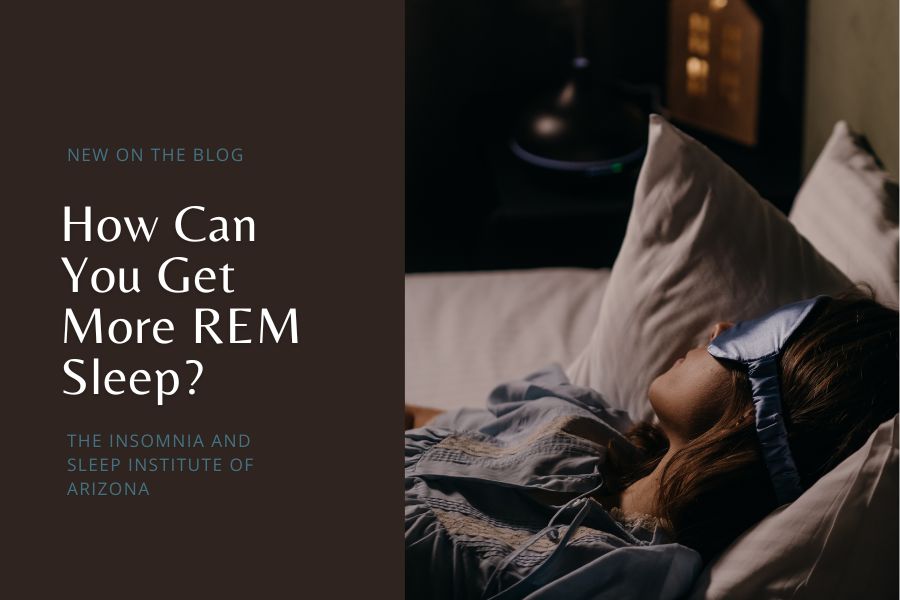Insomnia can be acute or chronic, and a recent report found that those with chronic, ongoing insomnia have abnormal MRI results. Insomnia is one of the most-treated sleep disorders at The Insomnia and Sleep Institute of Arizona. In fact, insomnia might be a relatively common sleep disorder, but that does not mean that it is harmless.
MRI, or magnetic resonance imaging, scans help us gain insight into brain structure abnormalities. This information can help researchers understand how such abnormalities might be connected to “cognitive impairments” in those with insomnia. For this study, researchers compared two groups of patients undergoing functional MRI scans (rs-fMRI) as well as a 3-D arterial spin labeling (3D ASL) test to analyze the functional connectivity of the thalamus. The thalamus is critical in sleep and wakefulness, and researchers suspected that the scans might pinpoint abnormalities in those with sleep disorders. They were correct.
“Seeing” Insomnia
One of the authors explains, “Thalamic neurons modulate the generation of sleep spindles and regular sleep/wakefulness.” Ultimately, they suspected that a thalamus that is not functioning correctly might be connected to insomnia. This understanding of insomnia is one reason why transcranial magnetic stimulation (TMS) is becoming an increasingly popular treatment for insomnia in those who do not fare well with CBT-I. For most insomnia patients, CBT-I is an effective mode of treatment. In some cases, short-term medication may also be prescribed. However, CBT-I alone is not going to be most effective if the insomnia is actually being caused by an abnormality in the brain/thalamus function.
Researchers at the Sleep Medicine Center and Department of Radiology at Gansu Provincial Hospital looked at 56 different MRI and ASL scans. All patients had been diagnosed with insomnia. They compared this to a group of 59 “healthy” individuals without an insomnia diagnosis. The whole brain connectivity was analyzed via MRI scans and cerebral blood flow of the thalamus via 3D ASL. Results showed that there were a “number of alterations in the group of patients with insomnia.”
Insomnia and Brain Function
Researchers found that there was “increased connectivity” in many areas, including between the right precentral gyrus and left thalamus. There was also increased connectivity between the left middle frontal gyrus and right thalamus as well as the right superior frontal gyrus and right superior parietal lobe. While patients were awake, however, there was no “significant differences” in the bilateral thalamus. According to researchers, the increased connectivity in insomnia patients might lead to them being “hypersensitive” to external stimulation—which, of course, can lead to increased or sustained “hyperarousal.” If they are more sensitive to such stimulation, it’s going to be even more difficult to fall and stay asleep.
The authors report, there were several alterations in the resting-state functional connectivity in patients with insomnia disorder. One possibility is that resting-state functional connectivity may be more sensitive than cerebral blood perfusion in functional alteration in patients with insomnia disorder, thus further longitudinal studies were needed to confirm this speculation.
If you suspect that you or your child (as we treat patients as young as two) have insomnia, a correct diagnosis is a must in order to inform testing and treatment. where we have unprecedented staffing levels including an on-staff clinical psychologist who focuses on CBT-I (cognitive behavior therapy for insomnia). Led by “Top Doc” Ruchir P. Patel, the Physician Director elected Board President of the Maricopa County Medical Society, we are an outcome-driven clinic where your first consultation is with a sleep specialist who can diagnose sleep disorders. Insomnia can severely impact every other part of your life. Get in touch with The Insomnia and Sleep Institute today by calling the office, starting a chat, or completing the online contact form.








